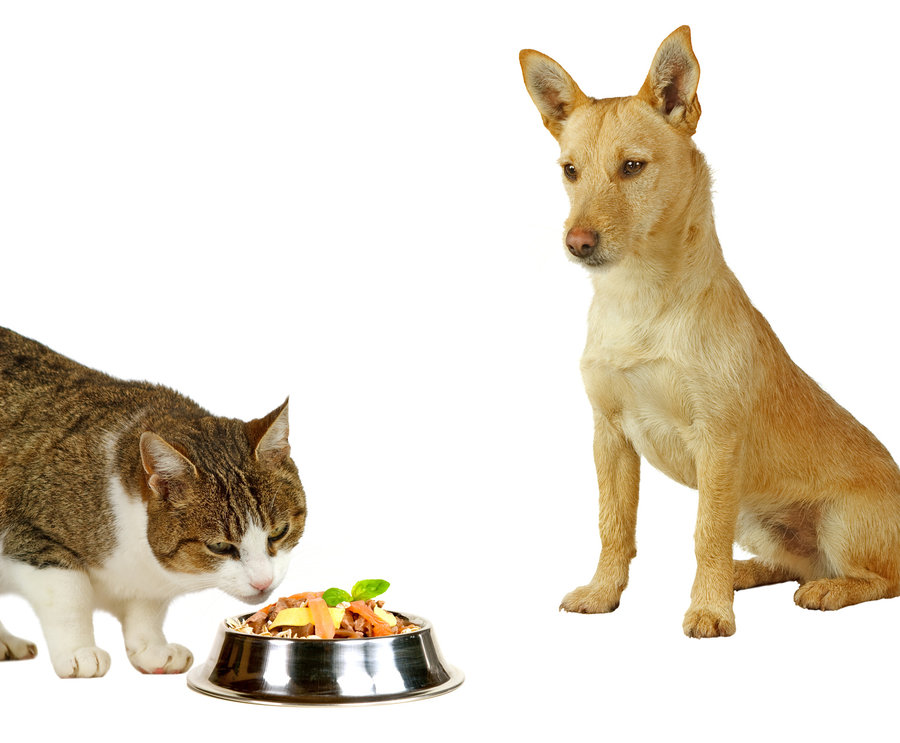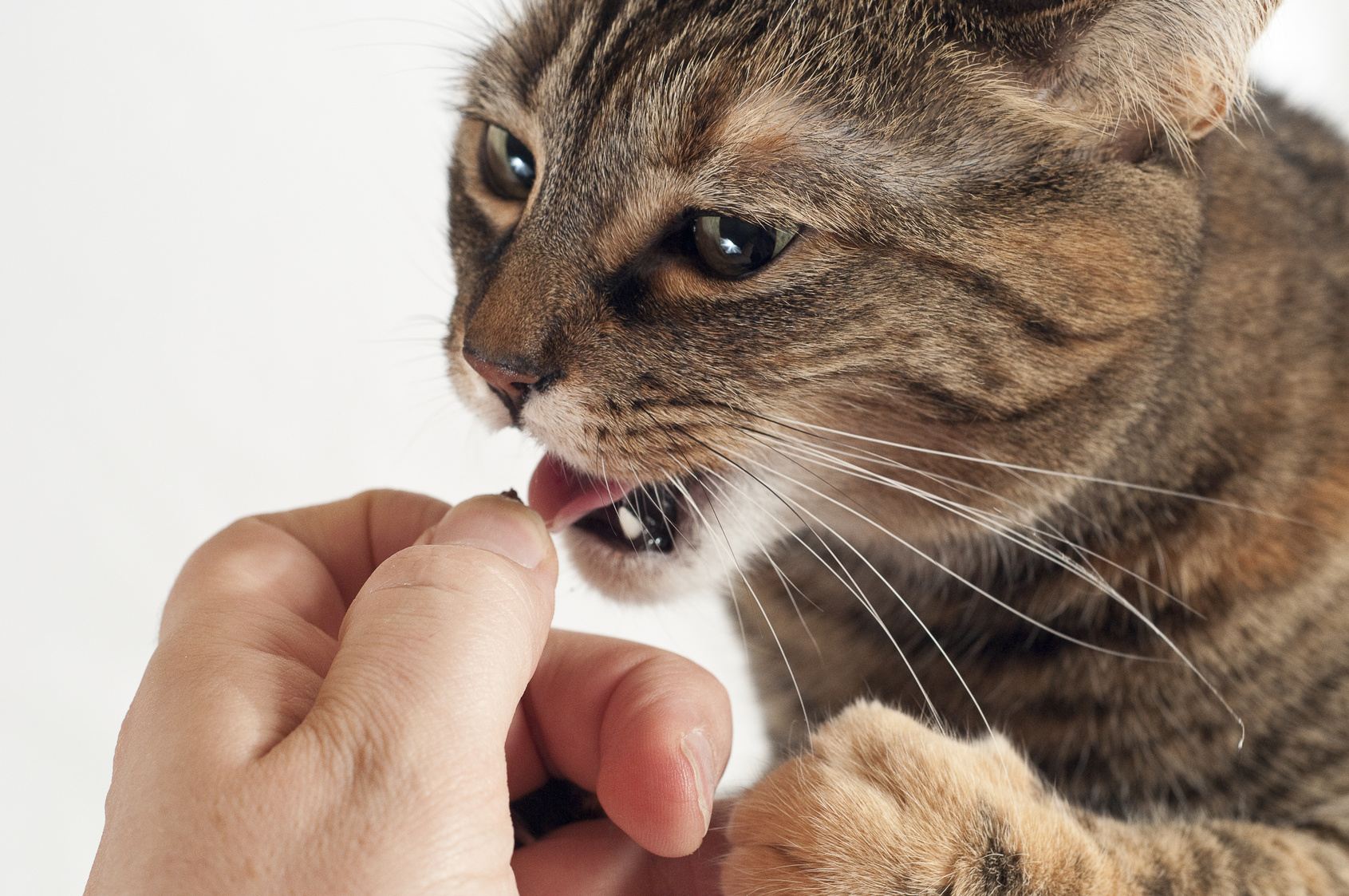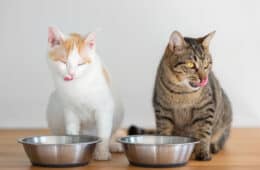Are you tired of watching your feline friend push their bowl away in disdain? Want to ensure your cat maintains a healthy lifestyle and balanced diet while keeping mealtime exciting? You've come to the right place!
In this guide, we'll explore the importance of food variety for your cat's well-being and offer tips to spice up their meals in a safe and fun way.
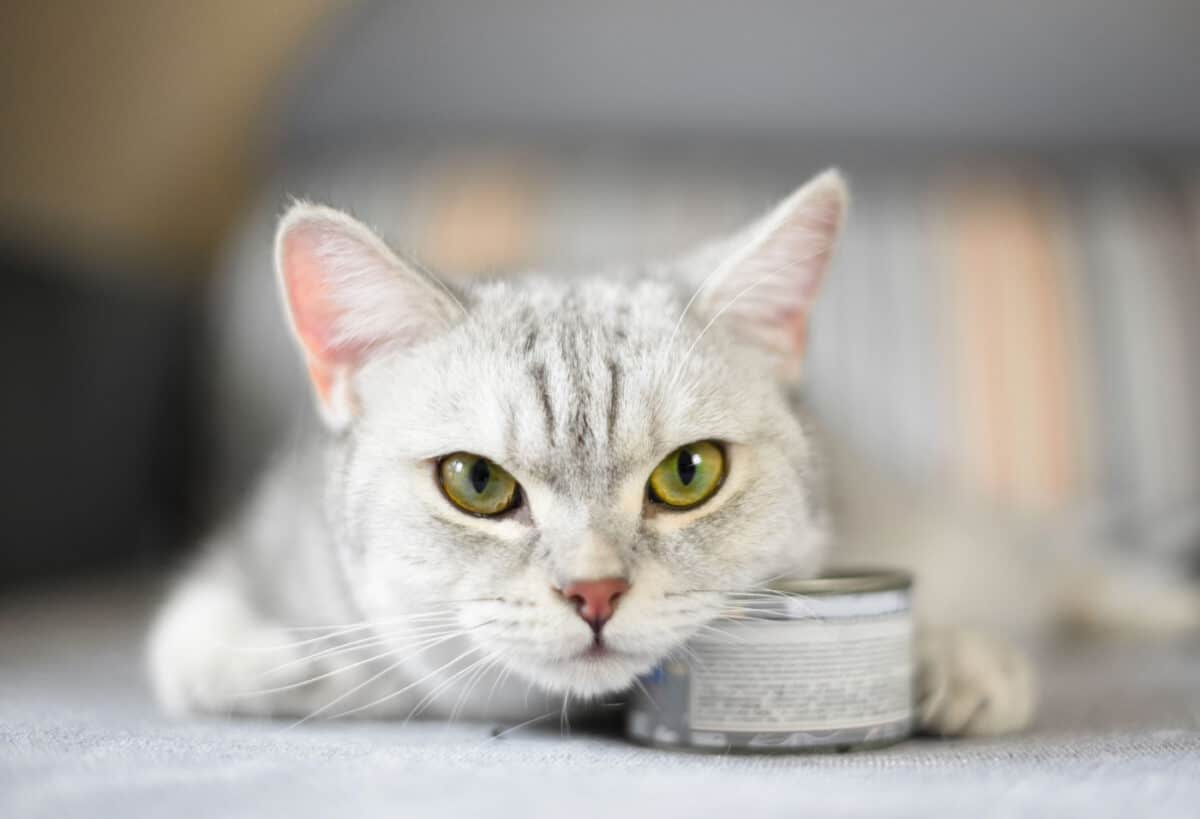
From the nutritional benefits of diverse diets to preventing food boredom and picky eating, we'll dive into the whisker-licking world of feline cuisine.
We'll also share essential tips for achieving food variety, such as rotating protein sources, introducing new textures and flavors, and transitioning to new foods safely.
Join us on this culinary journey to discover how variety can help your cat thrive while turning mealtime into a positive experience for both of you.
Why Food Variety is Important for Cats
Though some cats might thrive on a consistent diet due to sensitive stomachs or health-related issues, variety is generally beneficial for most cats, as it promotes better digestion and overall health.
According to Cornell University College of Veterinary Medicine, offering different flavors and textures can prevent your cat from developing an exclusive preference for a single food. That can help prevent health issues that could be linked to a limited diet.
Nutritional Benefits Of Food Variety
Achieving a diverse diet for your cat is essential as it helps provide a range of necessary nutrients. Cats are obligate carnivores and rely on nutrients only found in animal products.
However, even the most balanced and nutritious cat food may lack certain nutrients when served as the sole food option. By adding variety to your cat's diet, you can make sure they receive all the essential nutrients they need for a healthy life.
Preventing Food Boredom and Picky Eating
Just like us, cats may become bored with eating the same food every day. Providing a variety of food types, such as wet and dry, can help keep your cat's mealtime engaging and exciting.
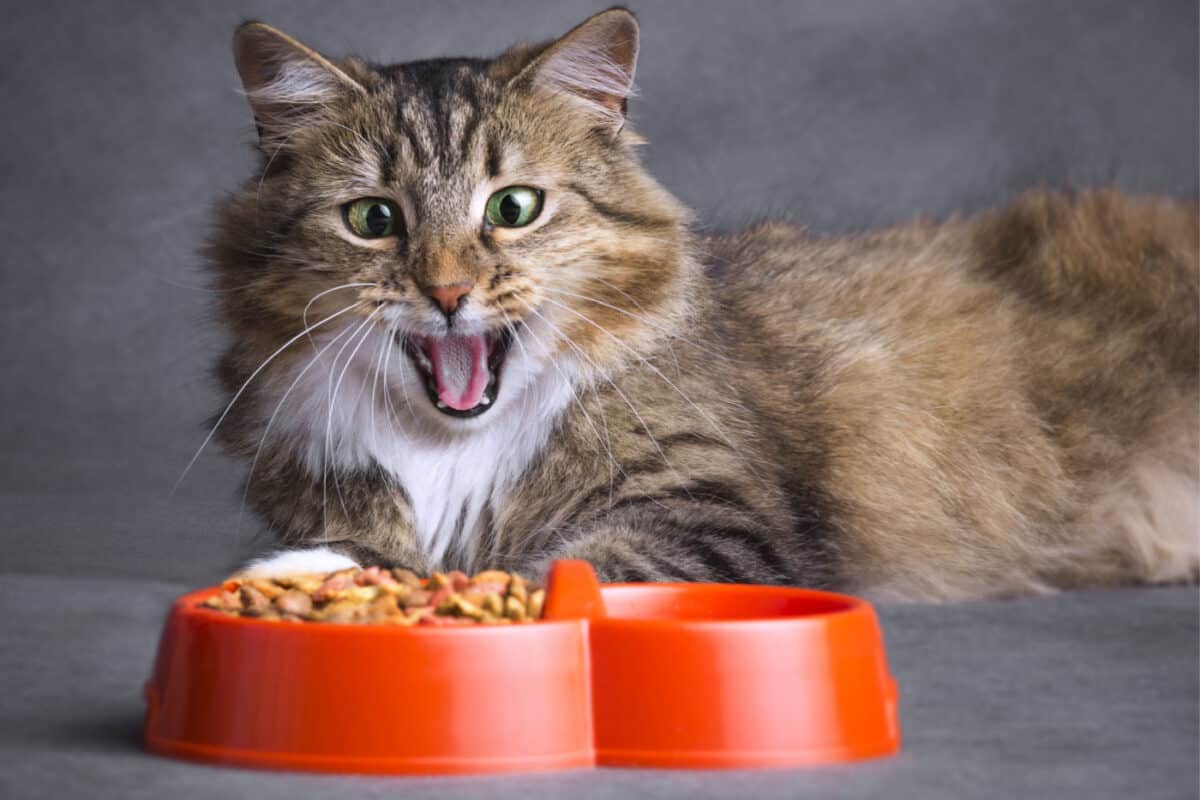
Offering variety means cats are less likely to become picky eaters, making mealtime more enjoyable for both you and your feline friend.
Reducing Food Allergies and Sensitivities
By incorporating various foods into your cat's diet at a young age, you can potentially reduce the risk of food allergies and sensitivities.
If allergies already exist, feeding your cat different foods can help identify any potential allergens and allow you to address them quickly.
Tips for Achieving Food Variety
Here are some things you can incorporate into Kitty's feeding routine to increase variety.
Rotating Protein Sources
Offering a wide range of animal proteins can help increase the variety of nutrients your cat consumes. Some examples of different proteins include chicken, beef, fish, and turkey. Rotate between these sources every few weeks to maintain balance and variety in your cat's diet.
SIGN UP FOR THECATSITE'S EMAIL UPDATES >
Introducing New Textures and Flavors
Switching between various cat food styles like pâté, chunks in gravy, and shreds can introduce new textures and flavors for your feline friend. This also helps to prevent your cat from developing a specific preference for a single texture or flavor, according to Cornell Feline Health Center.
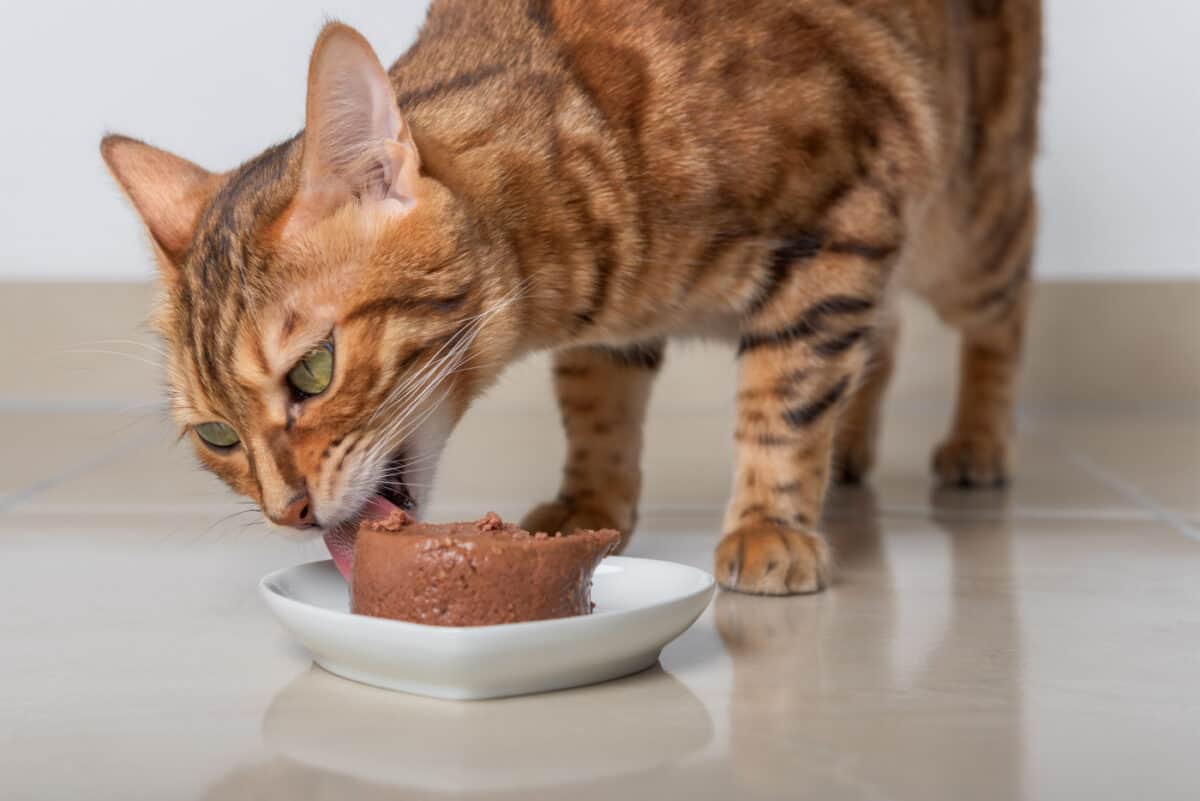
Using Cat-Friendly Treats and Toppers
You can add excitement to your cat's diet by incorporating cat-friendly treats and toppers. These can include dehydrated meat or fish, nutritional supplements, or pet-safe herbs.
Just remember always to use moderation when introducing treats and toppers and make sure they do not exceed 10% of your cat's daily caloric intake.
Read more: Is Your Cat Addicted To Treats?
Combining Wet And Dry Foods For Food Variety
Mixing wet and dry foods is another useful way to bring variety to your cat's meals. Combining both types of food can provide different flavors and textures while also offering the benefits of both wet and dry foods.
Read more on the pros and cons of wet and dry food here: How To Choose The Right Food For Your Cat
Transitioning to New Foods Safely
Introducing your cat to a variety of foods is essential for their well-being and overall health. Let's explore some useful tips for transitioning your cat to new foods safely and efficiently!
Gradual Introduction
Switching your cat's food abruptly can cause digestive discomfort and even refusal to eat.
To prevent this, it's crucial to gradually mix the new food with their current food over several days. The transition process might look like this:
- Days 1-2: 25% new food, 75% old food
- Days 3-4: 50% new food, 50% old food
- Days 5-6: 75% new food, 25% old food
- Day 7: 100% new food
Adjust the mixing proportions based on your cat's reactions and appetite.
Keep in mind that some cats may require a more extended transition period depending on their preferences and sensitivity. Patience is key!
Monitoring Cat's Reaction
As you introduce new foods to your feline friend, it's essential to monitor their reactions closely.
Keep an eye on their eating patterns, stool consistency, and general demeanor. Some potential warning signs during the transition period can include:
- Vomiting
- Diarrhea
- Lethargy
- Refusal to eat
If you notice any of these symptoms, it's important to consult your veterinarian for advice before continuing the food transition. They may offer valuable recommendations tailored to your cat's specific needs and preferences.
Remember that change takes time and some trial and error.
By gradually introducing new foods and closely monitoring your cat's reactions, you'll be well on your way to helping your furry friend enjoy a healthy and diverse diet!
The Last Bite: Embracing Food Variety for Your Cat
Incorporating variety into your cat's diet offers numerous benefits, such as preventing fussiness and ensuring they receive a well-rounded mix of nutrients.
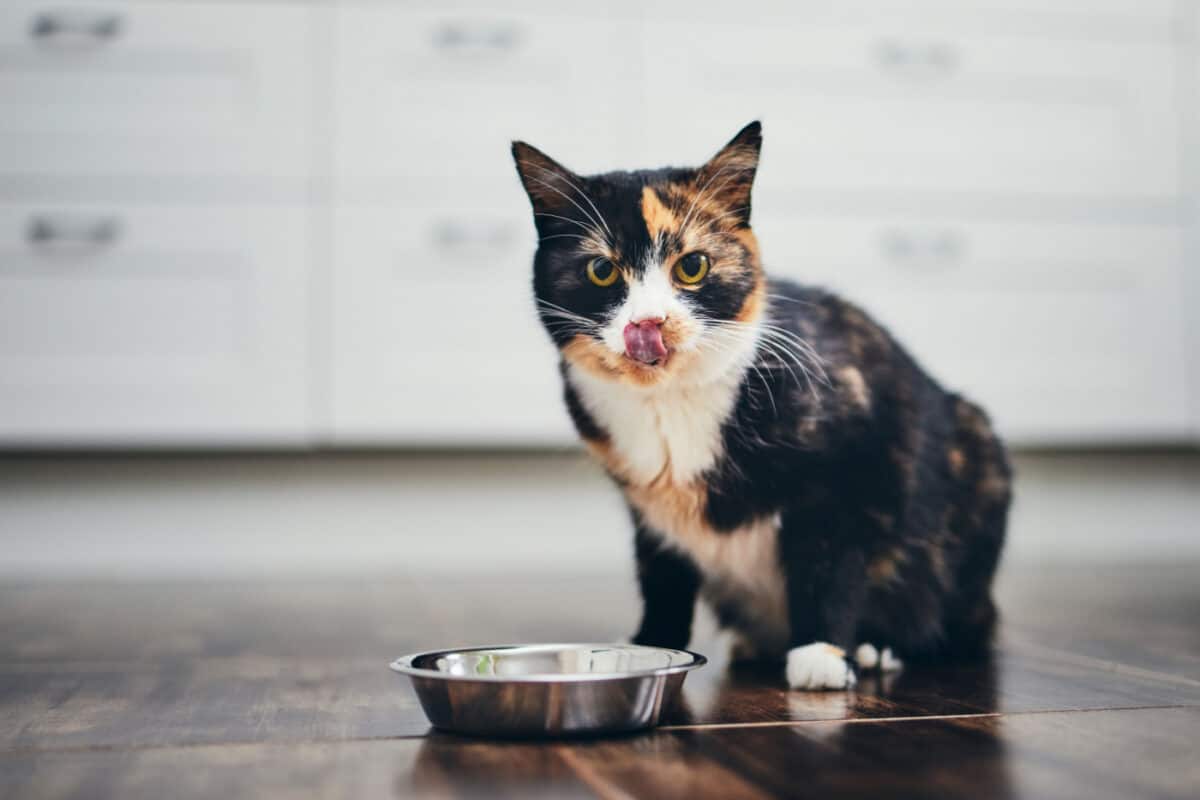
By being mindful of your cat's unique dietary needs and preferences, you can make mealtime enjoyable and healthy for them.
Introduce new foods gradually, as sudden changes can lead to an upset stomach. Mix new selections with your cat's current food to ease the transition. Always keep a close eye on your cat's reaction to new foods for any signs of intolerance or allergies.
Consult your veterinarian for guidance on the ideal diet for your cat. They can help you determine the right balance of flavors, textures, and nutritional content to ensure a happy and healthy dining experience for your furry friend!
SIGN UP FOR THECATSITE'S EMAIL UPDATES >
We'd like to thank ChatGPT for helping us put together this article!
Note: We may get commissions for purchases made through links on this page.

